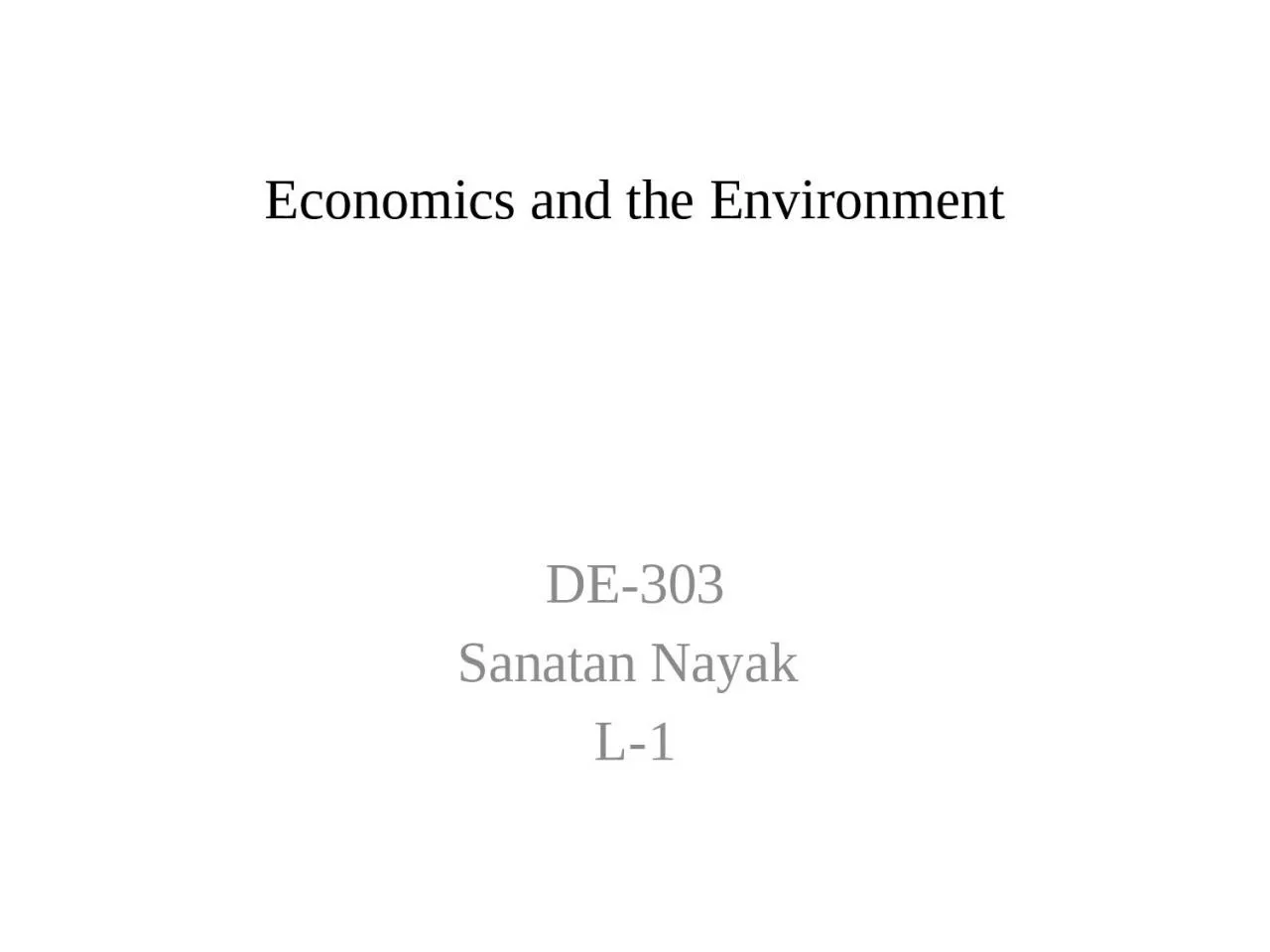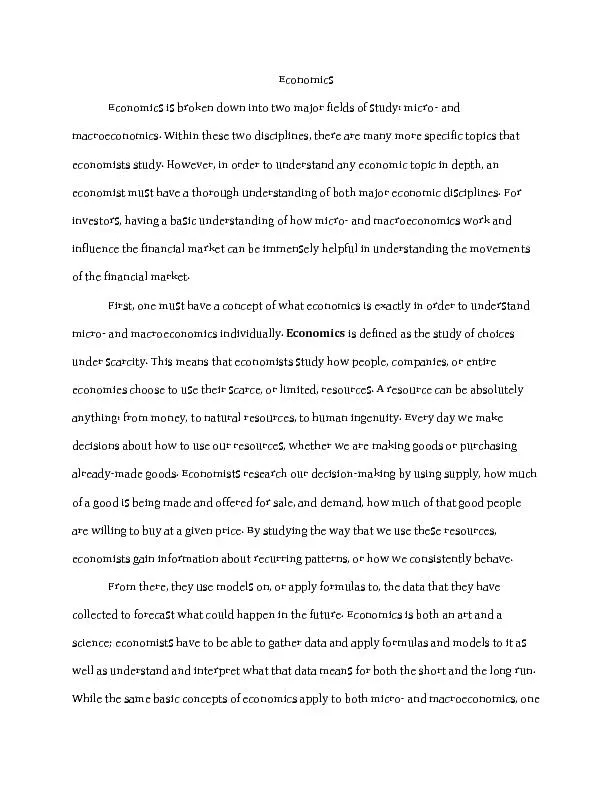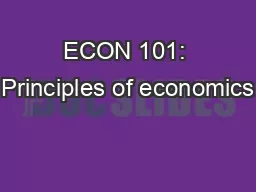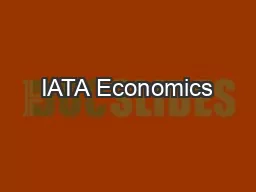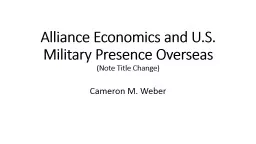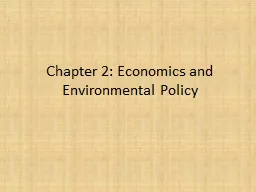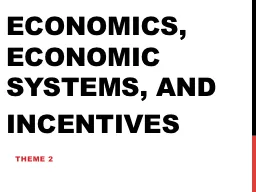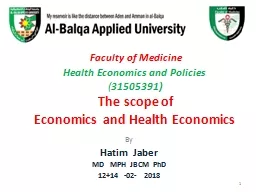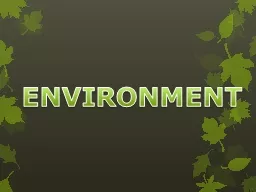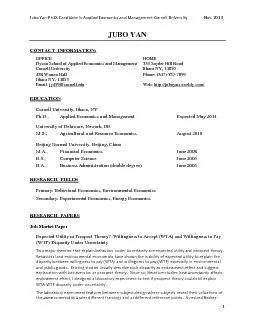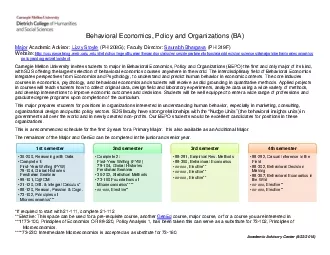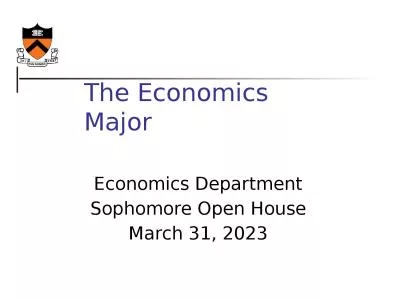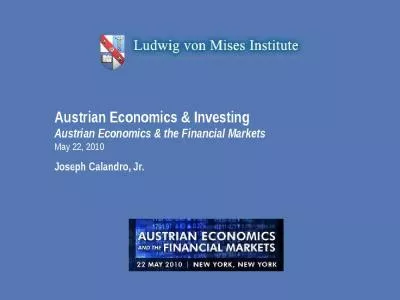PPT-Economics and the Environment
Author : jalin | Published Date : 2022-06-28
DE303 Sanatan Nayak L1 Definition Meaning of Environment It is sum total of things or circumstances surrounding an organism including humans Natural Environment
Presentation Embed Code
Download Presentation
Download Presentation The PPT/PDF document "Economics and the Environment" is the property of its rightful owner. Permission is granted to download and print the materials on this website for personal, non-commercial use only, and to display it on your personal computer provided you do not modify the materials and that you retain all copyright notices contained in the materials. By downloading content from our website, you accept the terms of this agreement.
Economics and the Environment: Transcript
Download Rules Of Document
"Economics and the Environment"The content belongs to its owner. You may download and print it for personal use, without modification, and keep all copyright notices. By downloading, you agree to these terms.
Related Documents

